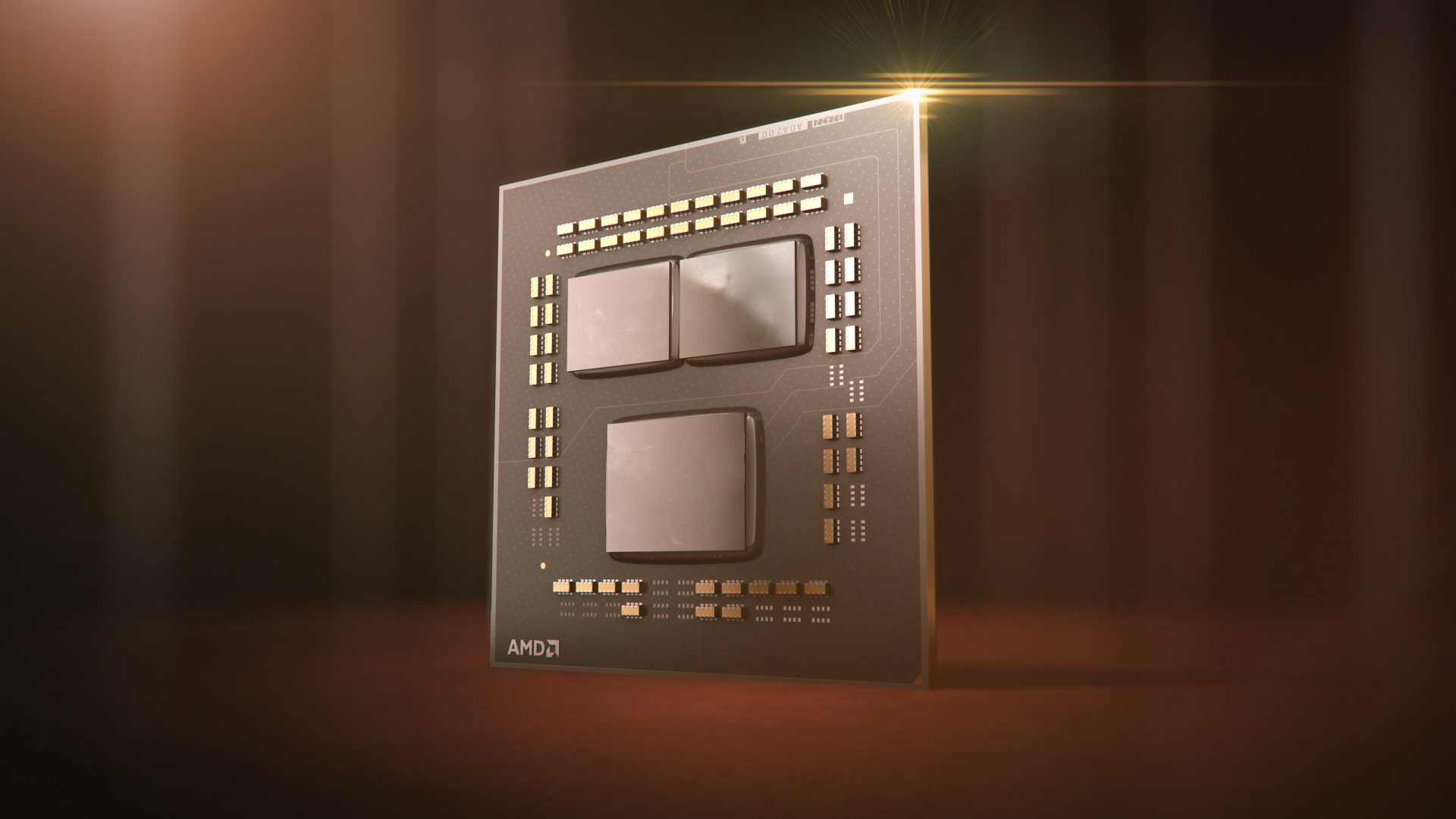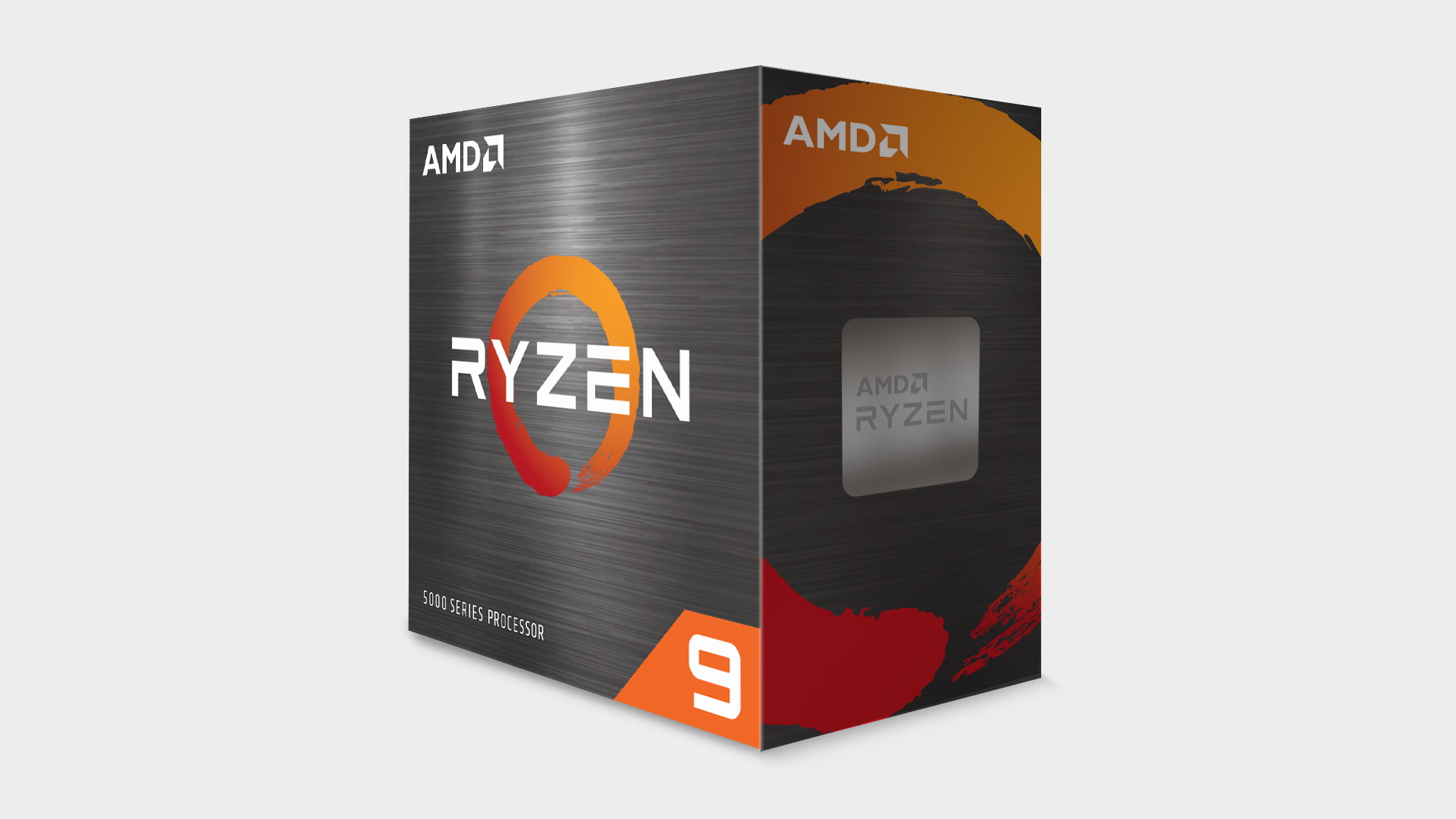With its Ryzen 5000 CPUs AMD has won the battle, but the war with Intel is just beginning
A Ryzen reality check on AMD's newfound dominance...

AMD’s Ryzen 5000 chips have landed. You can deep dive into our AMD Ryzen 9 5900X review for the full lowdown, but fair to say they comprehensively, unambiguously deliver on the promise of the AMD Zen architecture. Ever since the very first Zen CPUs launched back in 2017, it was clear AMD was heading in the right direction. But in Zen 3 and the Ryzen 5000 series, AMD has a CPU technology that does and has it all.
It’s fast at everything. That includes, finally, gaming. It’s efficient. It’s economic to manufacture. It’s a total slam dunk.
Meanwhile, Intel is in disarray. A lot of that is down to the delay of its 10nm node. But let’s not forget Intel has suffered a series of further failures, including serious security flaws built into its chips. The fact that Intel is about to launch its next-gen Rocket Lake mainstream CPUs backported onto 14nm and limited to just eight cores is a fairly catastrophic indictment of its current predicament.
Add in AMD’s upcoming RDNA 2 GPUs in the form of the Radeon RX 6000 series, not to mention next-gen games consoles powered by AMD CPU and GPU tech, and the future has never looked brighter. But here’s the thing. AMD hasn’t yet and isn’t likely to actually become the dominant player in PC processors any time soon.
AMD has increased its overall x86 market share every quarter for the last 12 consecutive quarters. That’s impressive. But it still only owns 20 per cent of the desktop and laptop market. In servers, it’s nearer six per cent.
In other words, immediate quality of product is not nearly enough to overcome market inertia. Intel is dug in, and deep. Really deep. AMD’s Renoir laptop chip, otherwise known as the Ryzen 4000 series, is a perfect example of this. At launch, it was dramatically, indisputably, intergalactically better than anything Intel could put into a notebook. But that didn’t result in laptop manufacturers switching to AMD en masse.
That’s right. When Intel’s CPU performance nosedived due to security flaws, that meant increased sales, not a switch to AMD
Yes, the complexities of integrating a CPU into a portable form factor inevitably make it more difficult for manufacturers to rapidly switch between competing architectures. But even now, over six months after the first Renoir systems appeared, some high profile brands like Razer don’t offer any laptops with AMD processors.
Keep up to date with the most important stories and the best deals, as picked by the PC Gamer team.
When it comes to server chips, the market is even more sticky. According to some commentators, the reason why Intel has had such difficulties meeting demand for its 14nm processors in recent years is because the software and firmware fixes for various security flaws applied to server systems had such a catastrophic impact on performance, IT managers had to buy in zillions of new systems to make up the shortfall. That’s right. When Intel’s CPU performance nosedived due to security flaws, that meant increased sales, not a switch to AMD.
There are some perfectly good reasons for that which don’t apply to desktop PCs and gaming rigs. Things like legacy software support. Relationships. Risk management. Maintaining uptime for really critical financial and medical services. All that boring stuff.

But the broader point is that even with unambiguously superior technology, it’s going to take time, an awful lot of time, for the balance of power to shift decisively. AMD needs to keep on producing dominant CPUs product cycle after product cycle, year after year.
In the meantime, of course, it’s all good news for PC gamers. AMD has some great new CPUs, the market is competitive. That means PC processor tech is progressing at pace once again, after a decade of relative stagnation during Intel’s period of near total dominance. What’s more, Intel’s roadmaps suggest AMD has little to worry about before at least 2022.
And yet Intel remains the far larger, wealthier organisation. That’s not going to change any time soon. Intel can afford to ride this cycle out. AMD will likely continue to gain market share, but gradually. And Intel will almost certainly be back.
So, the message to AMD is simple. Keep that foot to the floor. Keep on delivering great technology. Ryzen 5000 needs to be the beginning of something even bigger. It’s one step of a journey, not the final destination.

Jeremy has been writing about technology and PCs since the 90nm Netburst era (Google it!) and enjoys nothing more than a serious dissertation on the finer points of monitor input lag and overshoot followed by a forensic examination of advanced lithography. Or maybe he just likes machines that go “ping!” He also has a thing for tennis and cars.

